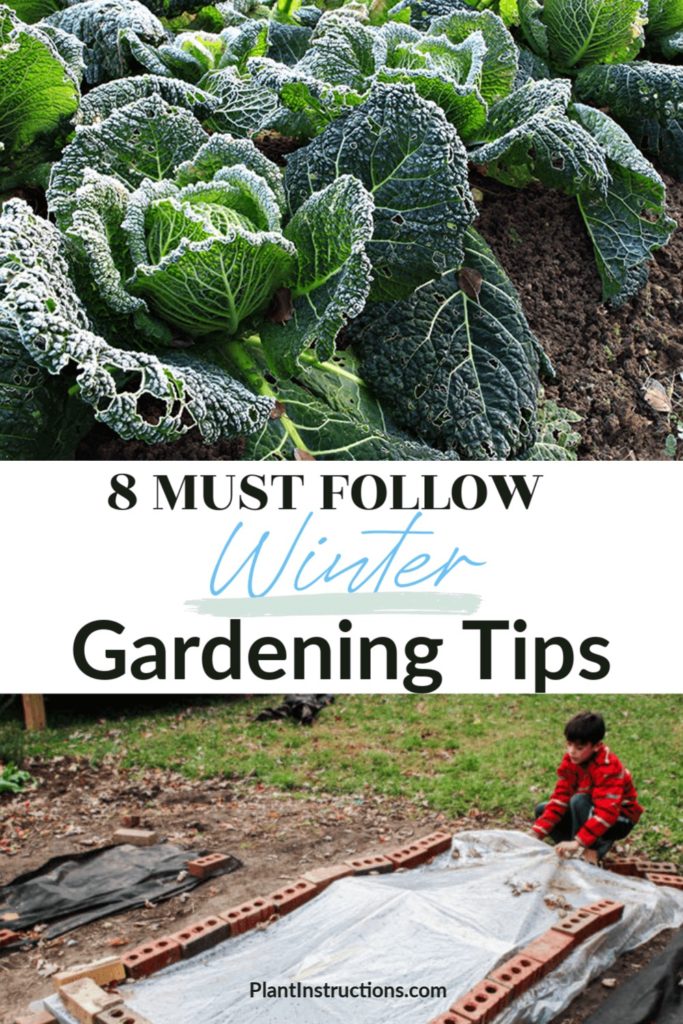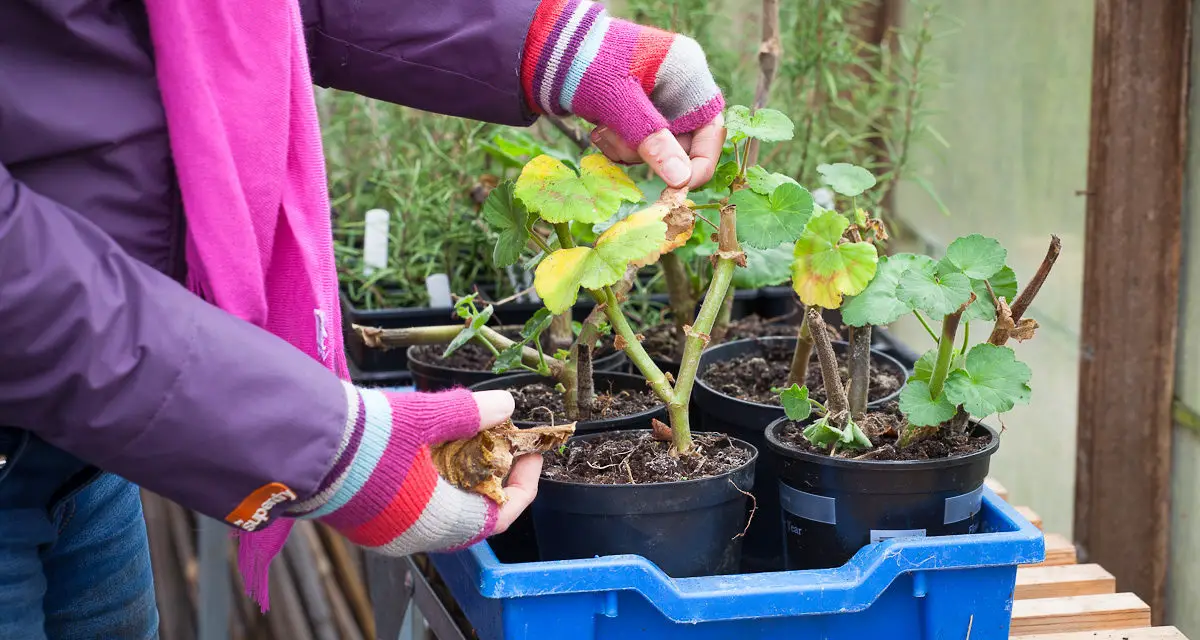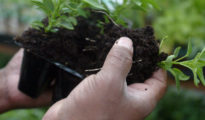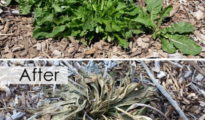Winter is around the corner and gardeners are worried about their crops and plants during winter. Don't worry, today we will talk about winter gardening tips so you can keep your garden protected all winter!
Knowing what to do to protect your garden from snow and frost during winter is very important. While some of your crops and plants can tolerate hard snow and frost, others can get seriously damaged, and knowing exactly how to protect them is the key to a successful winter garden.
Top 8 Winter Gardening Tips
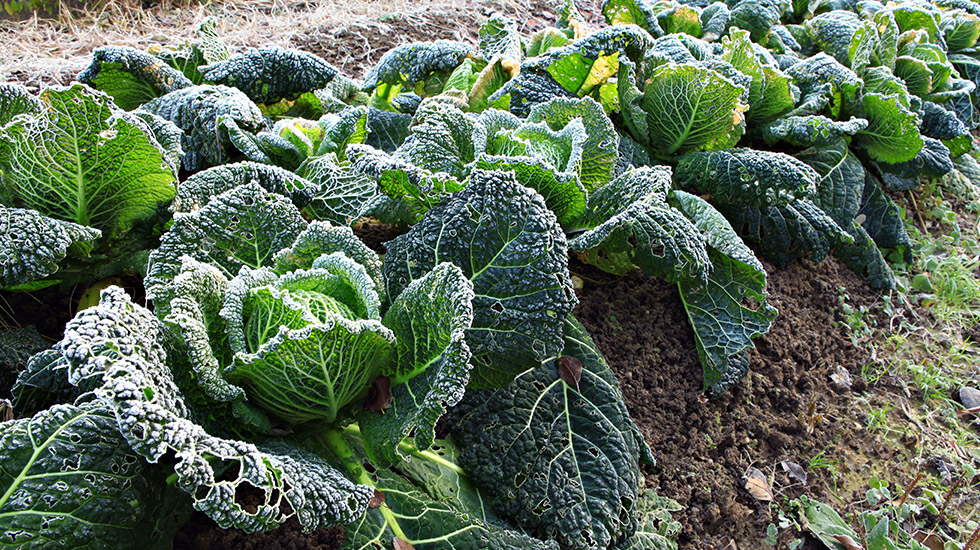
#1. Prepare your Soil
During winter, preparing your soil to tolerate the snow and frost is a must. This will also help protect your crops and plants from getting damaged.
Start by tilling the soil to expose those insects that are planning to overwinter, like aphids and Japanese beetles, and remove any weeds or invasive plans. Amend your soil with compost, aged manure and leaves.
#2. Protect your Crops and Plants
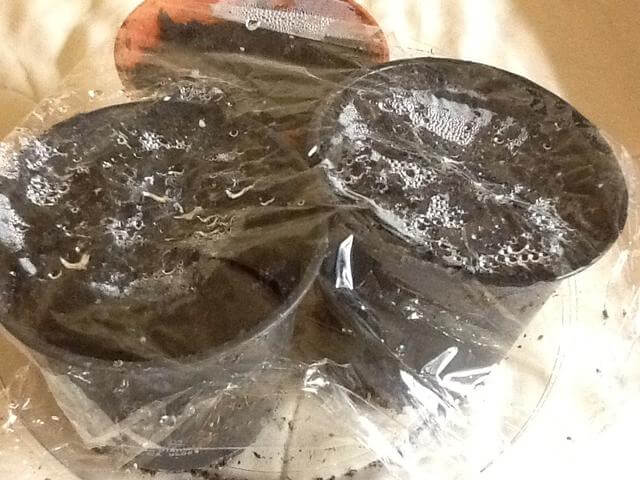
The first and easiest thing you can do is mulch around your crop or plant. By mulching with an organic material you are helping enhance the soil.
If you are expecting a light freeze, simply cover your plants with a blanket or a sheet. For extra protection, you can add plastic over the sheets to help preserve the warmth. Make sure to remove the sheet or blanket first thing after the freeze has passed to avoid build up.
#3. Move Containers and Potted Plants Indoor
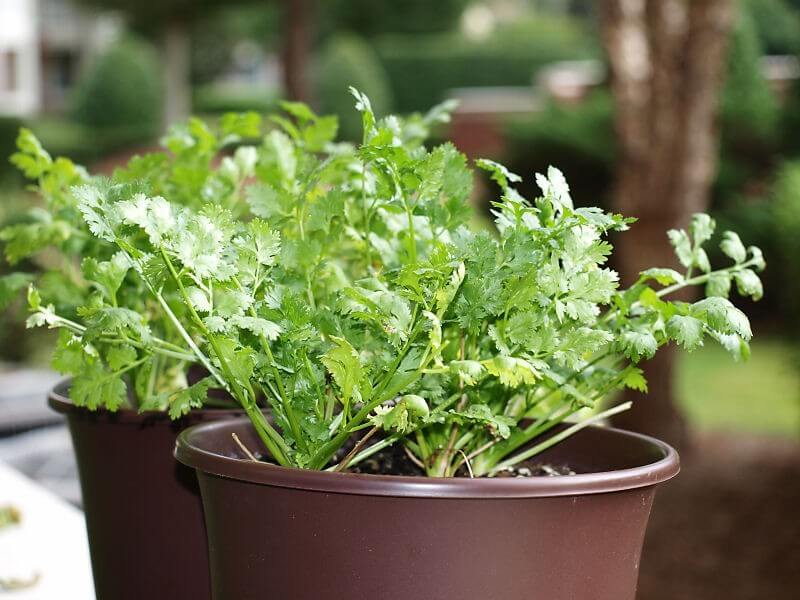
With containers and pots, you have two options; either cover them with the rest of your outdoor plants, or bring them inside where they will be protected. The latest is the most recommended since it's so much easier to just move them.
Your houseplants also need to be taken care of during winter, so move them where they can get bright indirect light. During winter, houseplants normally don't actively grow.
#4. Start a Winter Garden

Just because it's winter, that doesn't mean your growing season is over. There are many crops you can start during winter.
Lots of hardy vegetables, greens and herbs can be planted during the cold season and will do amazingly, keeping you stocked with fresh crops all winter and spring.
For a fruit garden, strawberries, blueberries peaches and apples do amazing in cold weather.
For a flower garden, nemesia, poppy, calendula, and roses are the ones to go for.
For a vegetable garden here is a list with some of the most popular vegetables to grow in winter here!
#5. Prune your Plants
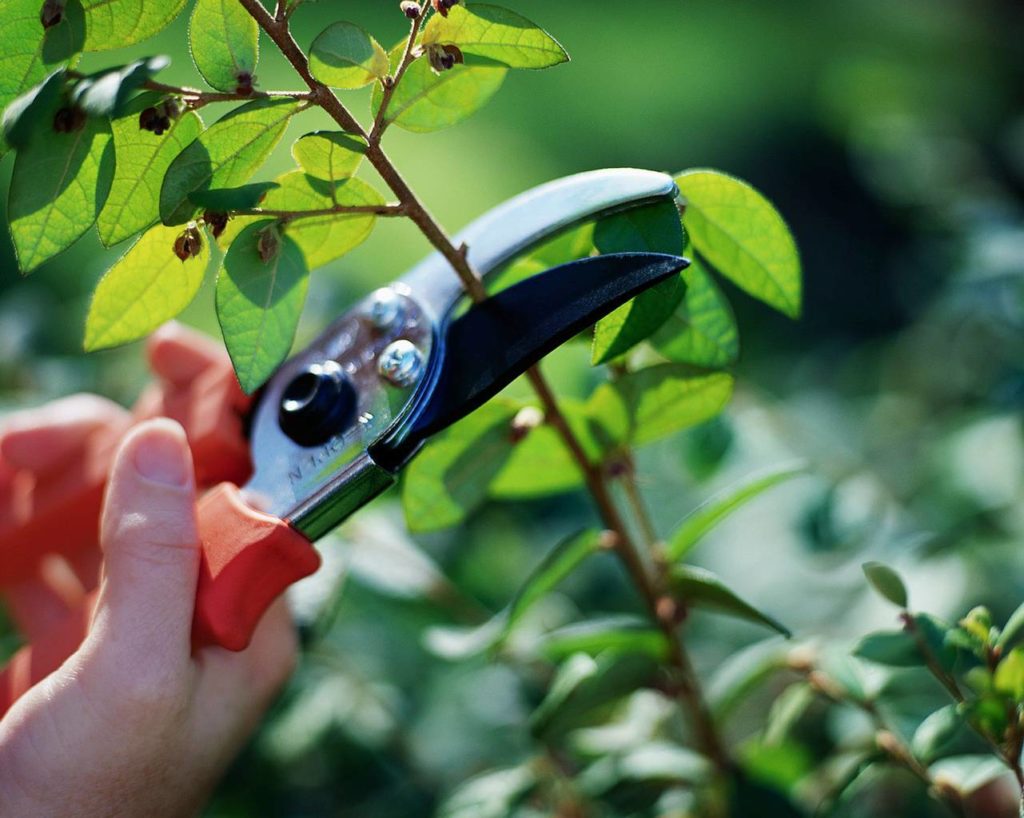
The best time to prune your plants is during winter. Before they break dormancy, prune your shrubs and trees in winter.
Pruning your plants in this time of the year will encourage good shape, flowers, fruits, helps to stop diseases and promotes growth.
#6. Build a Greenhouse or a Cold Frame
For those plants and crops that need protection during winter, a greenhouse or a cold frame is the perfect idea.
A greenhouse will give you enough space to have all your crops and plants without worrying about snow all winter long. Building a greenhouse can take some time, but thankfully there are easiest options like a cold frame.
A cold frame, you could say, is a small greenhouse that you can build faster, easier and with less money. There are a ton of ideas for DIY easy cold frames you can follow. Check out this homemade cold frame below, which you could easily make at home!
Easy DIY Brick Cold Frame
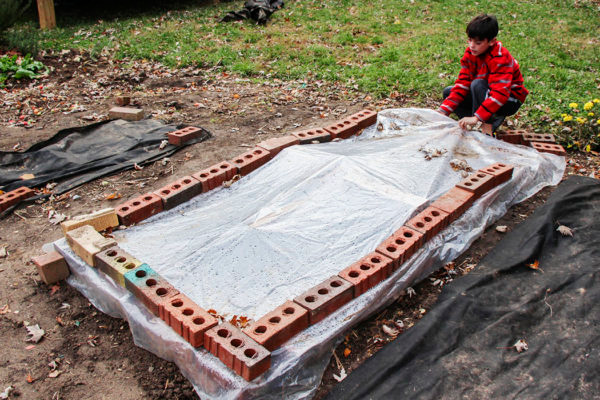
You'll need:
- A few bricks (depending on how big you want your cold frame)
- Plastic packaging
How to:
- Pick up some bricks if you have any lying around your garden or buy some from your local hardware store.
- Choose a place in your garden where you want to build your cold frame and prepare the soil or the crops and plants that are already planted and you want to protect.
- If you are starting a new garden, plant in a box shape.
- Place the bricks 1 by 1 to create a frame around your crops as big as you desire. Then place more bricks on top to create walls. Make sure to only make the cold frame tall enough to fit your crops.
- Cut some plastic packaging and place it on top of your cold frame. Place 2-3 bricks on top of the plastic to stop it from flying away.
- Only cover the frame with the plastic when it is snowing.
#7. Do not Stop Watering
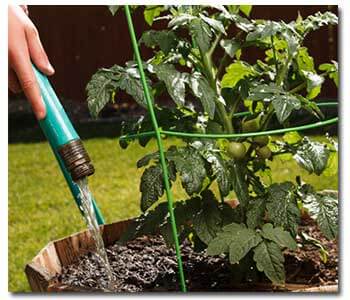
You might think that because it's winter, watering needs to be stopped, but this is completely not true. Some areas might have winter rain but others can be really dry.
Water your plants only when needed – if there is lots of rain and if your winter is dry keep your regular watering. During snow, it’s also important to water regularly since when snow melts, it won’t really give your soil the water needed.
Also, watering before an expected freeze will help the plants to overcome a hard freeze. This will allow plants to suck all the moisture they need before the ground freezes and water can’t reach the root zone.
#8. Be Careful with Warm Spells in Winter
During winter sometimes you might encounter a few warm days. When this happens, you will have to check some things. If you protected your plants you might have to open the cover to ventilate.
For cold frames, open the vents during these days and close back again when temperatures become colder. During warm spells, temperatures in the cold frame can raise a lot, and that’s why it’s important to keep them ventilated.
Winter gardening shouldn’t be a complicated task once you learn all the right tricks. Follow these winter gardening tips and prepare yourself for winter the right way!
Like this pos? Pin, share and comment below 🙂
